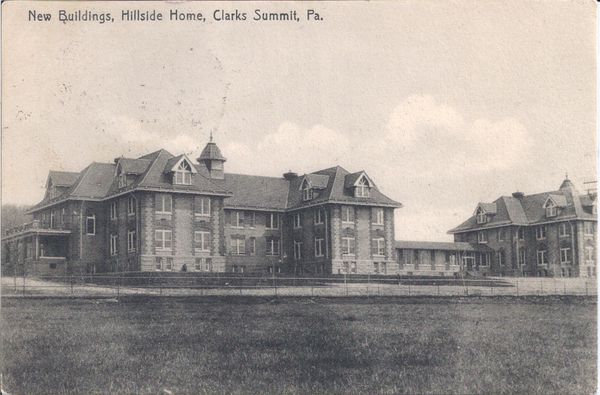Difference between revisions of "Portal:Featured Image Of The Week"
From Asylum Projects
M-Explorer (talk | contribs) |
M-Explorer (talk | contribs) |
||
| (490 intermediate revisions by the same user not shown) | |||
| Line 1: | Line 1: | ||
{{FIformat | {{FIformat | ||
| − | |Image= | + | |Image= clarkssummitPA001.jpg |
| − | |Width= | + | |Width= 600px |
| − | |Body= [[ | + | |Body= [[Clarks Summit State Hospital]] originated in 1862 when citizens of Providence Township developed a poor farm. As the years passed, the mentally ill were also provided care at the facility. At a later date, the responsibility for the operation of the poor farm was assumed by the City of Scranton, the Borough of Dunmore, and eventually, Lackawanna County. On September 29, 1938 the state took control of the hospital as part of the "Full State Care Act". The legislature (Act #53) assumed responsibility for eight of the thirteen existing county public mental hospitals, the other five hospitals were closed. |
}} | }} | ||
Latest revision as of 05:34, 26 May 2024
Featured Image Of The Week
Clarks Summit State Hospital originated in 1862 when citizens of Providence Township developed a poor farm. As the years passed, the mentally ill were also provided care at the facility. At a later date, the responsibility for the operation of the poor farm was assumed by the City of Scranton, the Borough of Dunmore, and eventually, Lackawanna County. On September 29, 1938 the state took control of the hospital as part of the "Full State Care Act". The legislature (Act #53) assumed responsibility for eight of the thirteen existing county public mental hospitals, the other five hospitals were closed.
